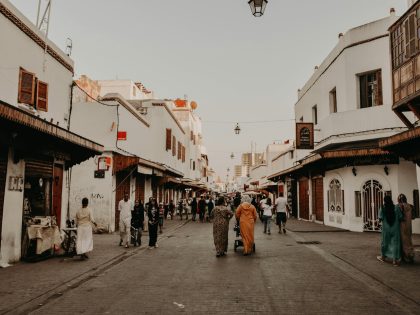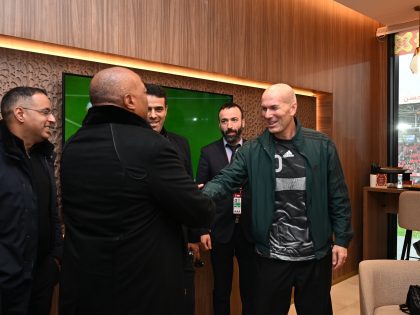'Political Art'

Negar Azimi, in Frieze Magazine, on what the ascendency of ‘political art’ means for art’s actual engagement with politics in the industrial north:
… [S]omething has changed when it comes to contemporary art’s preoccupation with the political – especially when it is produced in the West. It is more topically driven, more blithely anti-hegemonic and more consensus-driven. It is often borne of an idea rather than a lived reality. The stakes have changed, too; there is no draft now in most countries, or (again, in the West), no war and destruction at home or no aids crisis for that matter (if you’re able to afford antiretrovirals). This has managed to create a comfortable distance between politics as manifest in social relations involving authority and power – as a site of real, live action – and politics as a site of performance. Instead of marching to war or even marching in a demonstration, we perform our political credentials in a variety of ways: by how we vote (Democrat), what we wear (green ribbons in solidarity with Iranians), how we shop (Fair Trade), the causes we write cheques for (gay rights in Zimbabwe?) – and by the kind of art we consume (‘engaged’). We attend conferences and symposia on democracy, community action, art and politics. And so, an industry has come of age. There are academic programmes devoted to art and politics (Goldsmiths in London). There are centres full of talks and resident artists and researchers (the Vera List Center for Art and Politics at the New School, New York). There are abundant arts events that take Bertolt Brecht as their inspiration and leitmotif (the 11th Istanbul Biennial in 2009). How did we get here, and at what cost does the nascent industry of ‘political art’ come?
Read the article here.



















